The Hidden Ingredient in Your Kitchen: Your Cookware
There are so many diets and food trends out there—whether it’s vegan, paleo, carnivore, gluten-free, or any number of others—what we eat often gets the majority of the attention. But what’s frequently overlooked is what we’re cooking that food in. Only recently have conversations around health and wellness started to shift to include cookware in the discussion, but it’s so important! Every single thing that our food touches can leach into our food.
We recently hosted a live event with the VitaClay team to dive deeper into this topic—you can watch the replay below.
Toxic Cookware 101
In our pursuit of healthier lifestyles, we often focus on what we eat—be it organic, biodynamic, or from the farm across the street. However, the cookware we use plays a crucial role in the nutritional quality and safety of our meals. Many kitchen staples, from non-stick pans to aluminum pots (or even the ones marketed as clean and “green”), may harbor hidden toxins that leach into our food, especially when subjected to heat.
1. Non-Stick Cookware: The Ultimate Offender
Traditional non-stick pans, often coated with PTFE (Teflon®), can release toxic fumes when overheated, a phenomenon known as “Teflon flu.” These fumes are linked to flu-like symptoms and long-term health issues. Additionally, some non-stick coatings may contain per- and polyfluoroalkyl substances (PFAS), chemicals associated with various health risks such as liver damage, cancer, and hormone disruption. Even brands that market themselves as “safer” often don’t fully eliminate PFAS, which have been linked to environmental contamination and long-lasting health problems.
2. Ceramic Cookware: As the Necessary Questions
While ceramic cookware is often marketed as a non-toxic alternative, not all ceramic coatings are created equal. Some may contain lead or cadmium, especially if manufactured in regions with lax regulations. Even reputable brands can sometimes fall short; for instance, certain ceramic-coated cookware may still leach metals if the coating is damaged or improperly applied. While these materials are meant to offer a “clean” cooking experience, they don’t always live up to their claims—especially when it comes to durability and safety.
3. Aluminum Cookware: Or Cookware without the word “Aluminum” …
Aluminum cookware is lightweight and conducts heat well, but it can react with acidic foods, leading to the leaching of aluminum into your meals. While anodized aluminum is more durable and less reactive, it still poses potential risks if the surface is compromised. Moreover, some cookware marketed as “ceramic” may actually be aluminum pots with a ceramic coating, which doesn’t eliminate the underlying risks associated with aluminum. Even more concerning, some aluminum pans may contain coatings that eventually degrade over time, leading to exposure to toxic chemicals.
4. Stainless Steel Cookware: The Devil is in the Details
Stainless steel is generally considered safe, but not all stainless steel cookware is created equal. Some lower-quality stainless steel may leach small amounts of nickel and chromium into food, particularly when cooking acidic dishes. Additionally, many stainless steel pans have an aluminum core to improve heat conduction, which can be a concern if the aluminum is exposed or if the cookware is of poor quality. While stainless steel is generally a safer option, it’s essential to choose high-quality, fully clad stainless steel cookware to reduce potential risks.
Making Informed Decisions
To ensure you’re getting the highest quality from your cookware:
- Research Brands: Look for brands that provide transparency about their materials and manufacturing processes.
- Check Certifications: Opt for cookware that is certified free from harmful chemicals like PFAS, lead, and cadmium.
- Inspect Condition: Regularly check your cookware for signs of wear, such as scratches or chips, which can compromise its safety.
Why Pressure Cooking Isn’t the Best Option
In today’s on-demand world, pressure cooking has become a go-to for quick meals, or any meals really. But while it may save you time, it’s not doing your food any favors. High pressure and heat can break down sensitive nutrients, like antioxidants and vitamins, stripping your food of some of its nutritional value.
So, while pressure cookers may speed up dinner time, they can leave your meals less nourishing and nutrient-dense than they could be. If you’re after food that truly supports your health, slow cooking in a better vessel is the way to go.
Why Clay Cookware is the Next Best Thing
Now, let’s talk about clay—specifically VitaClay pots, which are changing the way we cook. Clay cookware, as it turns out, is an incredible choice for your food—and your health.
Unlike aluminum or non-stick cookware, clay is non-toxic and free from harmful chemicals. VitaClay pots are made from natural, non-porous clay that allows steam to circulate evenly throughout the pot, locking in moisture and nutrients. This slow cooking method is gentle on your food, preserving vitamins, minerals, and enzymes that you might lose in faster cooking methods. The result? Rich, flavorful meals that are as nourishing as they are delicious.
Plus, cooking with clay means you’re avoiding the chemicals that leach out of many other types of cookware. It’s a natural, chemical-free way to prepare meals that are truly good for you.
At the end of the day, health starts with the right cookware
We’re all so focused on what we eat, but how we cook our food is just as important. As new diets and trends emerge, it’s easy to forget that cookware plays a huge role in the nutritional quality of your meals.
By choosing cookware with natural and unsealed clay, you’re making a choice that benefits both your food and your health. So next time you’re planning a meal, think about your cookware. It could make all the difference in the world.al for every cosmic soul. Dive in and find the perfect celestial treasures today!
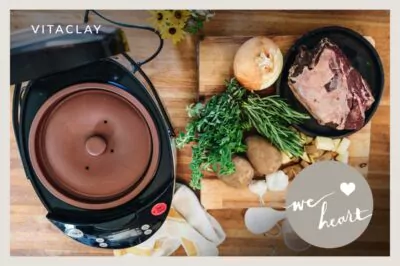


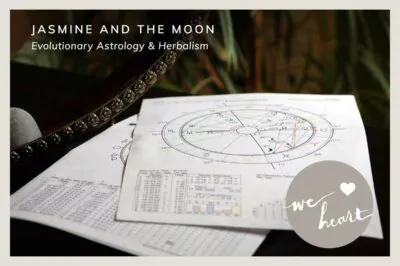
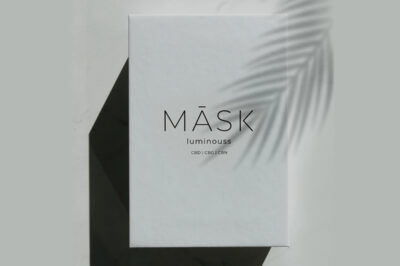

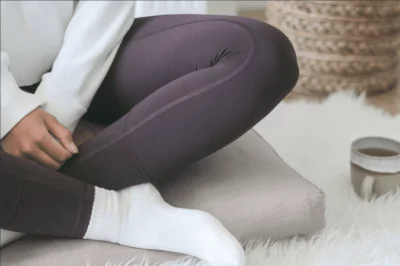
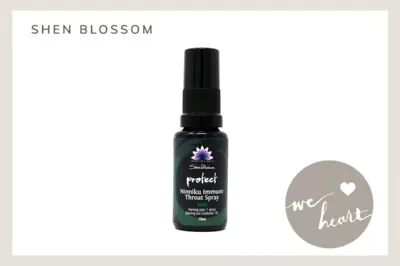
Leave a Reply